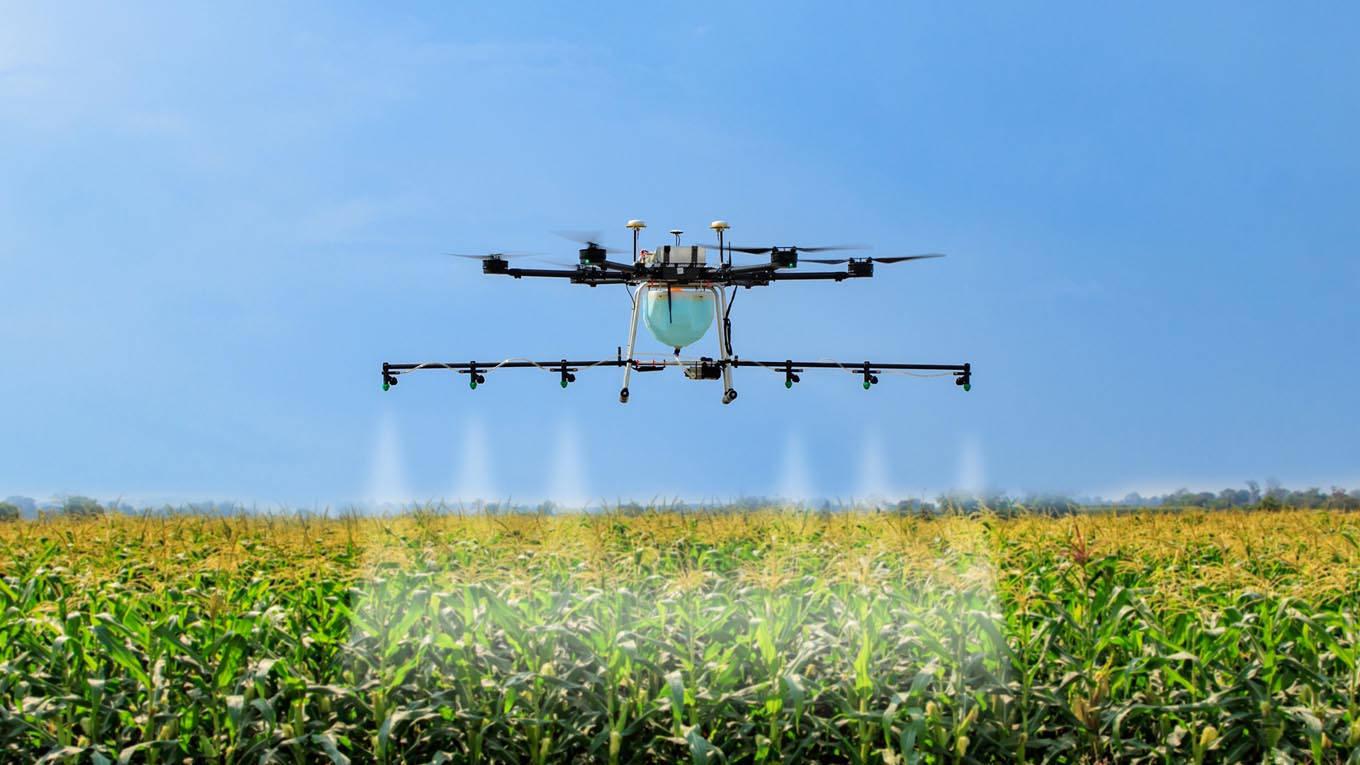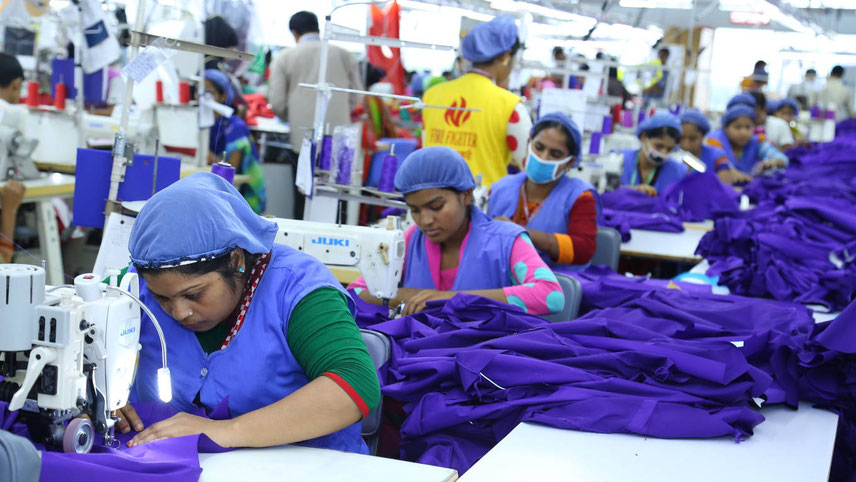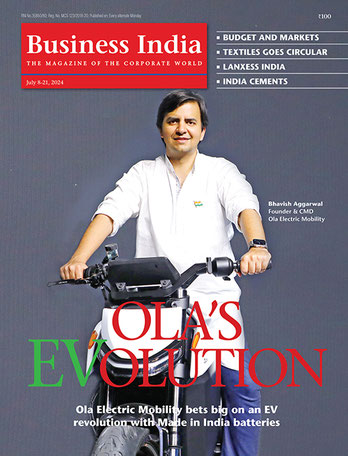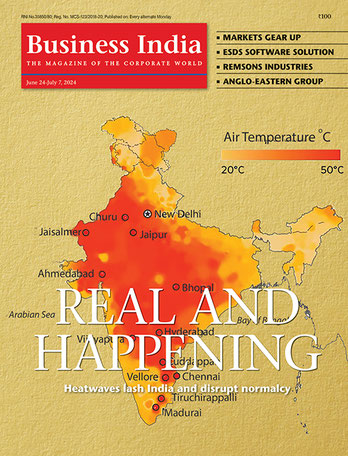India is warming up to the idea of using drones or unmanned aerial vehicles (UAV) for agriculture. However, this exercise requires clearance from the ministry of civil aviation, as also the Directorate General of Civil Aviation (DGCA) due to security concerns. Recently, a conditional exemption was granted to the International Crops Research Institute (ICRISAT), Hyderabad, Telangana, for deployment of drones for agricultural research activities. “Drones are poised to play a big role in agriculture sector in India, especially in areas like precision agriculture, locust control and improvement in crop yield,” says Amber Dubey, joint secretary, Ministry of Civil Aviation. “The government is encouraging young entrepreneurs and researchers to look at ruggedised low-cost drone solutions for over 660,000 villages in India.” The DGCA had announced a policy for drones on 1 December 2018 (though the usage of drones for military was permitted way back in 1999). This policy defines what will be classified as remotely piloted aircraft, how they can be flown and the restrictions they will have to follow. General restrictions for flying drones include not flying over densely populated areas/crowds; not flying within 5 km of airports or in areas where aircraft are operating; flying only during daylight hours and, that too, in good weather conditions; not flying in sensitive areas, including government or military facilities (use of drones or camera drones in these areas are prohibited); ensuring that the operator is at least 18 years old and has completed a training course; equipping all drones with a licence plate, identifying the operator; flying the drone only within the visual line of sight; and not flying more than one UAV at a time. The operator should not also fly within 50 km of a border or fly more than 500 m into the sea, from the coastline. They are prohibited from flying within 5 km of Vijay Chowk in Delhi or flying over national parks or wildlife sanctuaries. All drones should have liability insurance too. Cheaper alternative There are several types of drones that can be used in agriculture. These include crop spraying drones, seeding drones and surveillance drones. These drones are fully automated and can help in improving productivity. “Drones are a cheaper alternative to skilled human resources and heavy machines and tools to manage farming,” says Atma Ram, a farmer from Punjab’s Sangrur district. They help in decreasing the cost of planting to 85 per cent, where this system shoots the pods with seeds and plant nutrients into the soil, providing the plants all the necessary nutrients to sustain life. According to a Goldman Sachs report, the agricultural sector in India is expected to emerge as the largest user of drones in India by 2021. It further states that India should cash in on the trend and set foot into a new era of national technological farming. As of now, the cost of drone spraying per hectare is as low as Rs100-Rs150 for rice, wheat and maize and Rs250-Rs400 for orchards. Drones can scan the field area and spray the necessary amount of liquid, modulating distance from the ground and provide real-time spraying for even crop coverage. This increases the efficiency, while also reducing chemical usage that penetrates into the groundwater. Besides, agricultural experts acknowledge that aerial spraying is five times faster with drones than with traditional machinery.
-

The success of using drone in agriculture would depend on achieving a symbiotic integration of law, tax and civil liberties

































